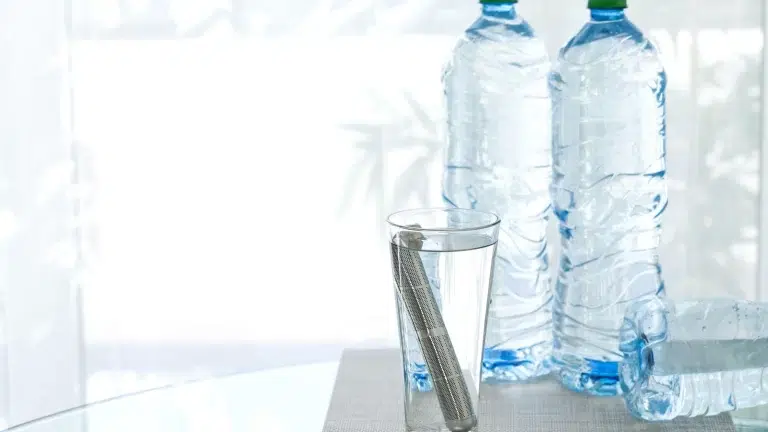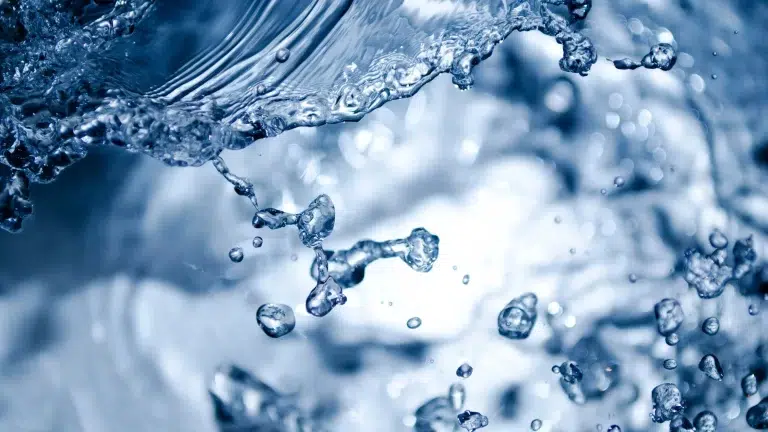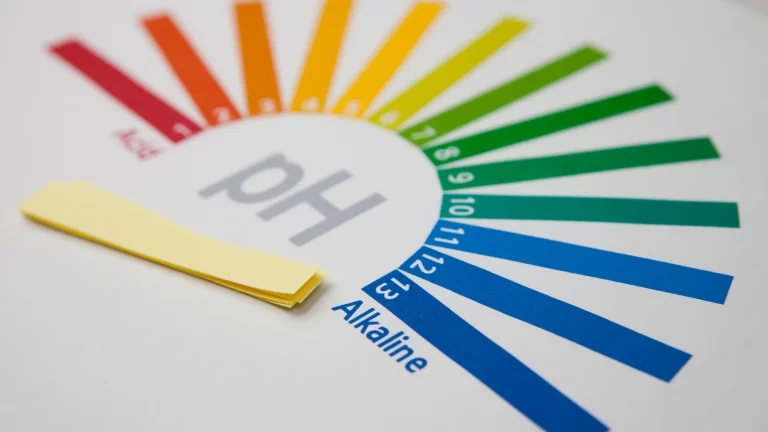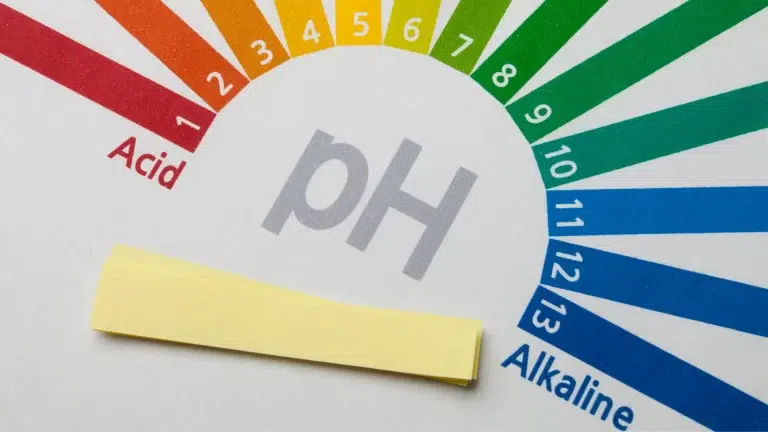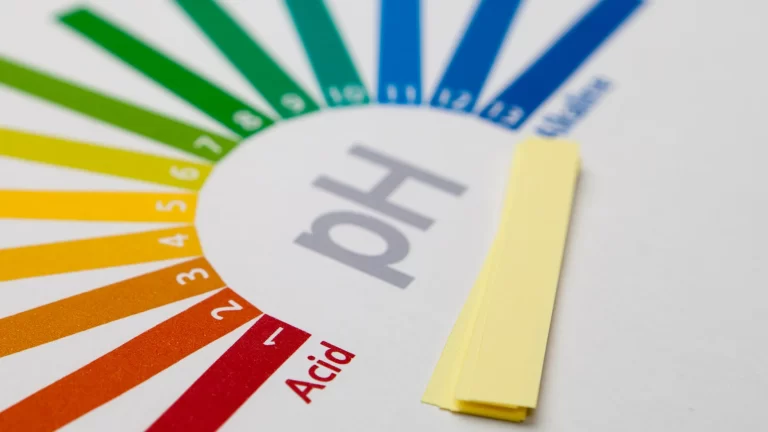HISTORY
Mildly acidic water is produced from water ionizers, which use the process of electrolysis. Acidic water is produced at the positive electrode (anode). The Japanese Ministry of Health, Labor, and Welfare (JMHLW) approved this water in 1965, as an astringent for beauty purposes.1
The JMHLW also approved the alkaline and strongly acidic waters as medical substance.
CLAIMED BENEFITS OF MILDLY ACIDIC WATER
The mildly acidic water (pH 4-6), also known as “beauty water”,2 is touted to have benefits as an astringent for beauty and cosmetology.3 However, no specific article testing electrolyzed mildly acidic water could be located. Nevertheless, because skin surface pH is about 6 ± 0.6,4 it follows that slightly acidic water would not perturb the pH homeostasis of the skin. Indeed, alkaline water can increase surface pH of the skin leading to irritation by disrupting the physiological protective ‘acid mantle’. It may also alter the cutaneous bacterial flora, alter the activity of enzymes in the upper epidermis and decrease fat from the skin, which may influence hydrating status leading to dry squamous skin.5
However, no article that directly tests the application of mildly acidic water to skin could be located to substantiate the purported benefits. It appears that there are studies in Japanese, however.3
Astringencies are generally tannins, organic molecules and chemical salts that cause shrinkage of mucous membranes;6 all ingredients not contained in mildly acidic water.
CHLORINE IN ACIDIC WATER
Unfortunately, the mildly acidic water often contains chlorine (produced during electrolysis) and thus becomes a dilute hypochlorous acid solution.7 Most commercial units filter the chlorine (Cl2) out of the water before it undergoes electrolysis, but the common chloride electrolytes are not removed. These chloride ions (Cl-) are oxidized at the anode to produce chlorine: (2Cl- ? Cl2 +2e-).7
Chlorine in the acidic water can easily be detected with a simple chlorine test reagent. Some have incorrectly claimed that even though tests for chlorine in the acidic water show positive, the results are invalid as though the indicator measured something else and gave a false positive. This is misleading and false as chlorine production via electrolysis is the preferred method of mass production,8 and the chlorine indicators are selectively sensitive to chlorine. 9
Thus caution should be exercised regarding the topical application of acidic water to the skin. Indeed chlorinated water negatively effects skin health.10 One should first test the acidic water for the presence of chlorine before topical administration.
*try this method for a superior alternative to acidic water


